Table of Contents
- Nafta North American Free Trade Agreement Stock Vector 337331216 ...
- NAFTA Leaders Say They're Open To Talks : The Two-Way : NPR
- Trump launches NAFTA renegotiations, upgrade deal by end of year ...
- North American Free Trade Agreement NAFTA Stock Photo - Alamy
- Trump launches NAFTA renegotiations, upgrade deal by end of year ...
- Nafta | PDF | North American Free Trade Agreement | Zapatista Army Of ...
- Mexico warns it will cut off talks on NAFTA if U.S. proposes tariffs ...
- Trump launches NAFTA renegotiations, upgrade deal by end of year ...
- การรวมกลุ่มประเทศ ทางเศรษฐกิจ - ppt ดาวน์โหลด
- World Trade Around The World Entry 10pt 10 pt 10 pt 10pt 10 pt 20 pt ...
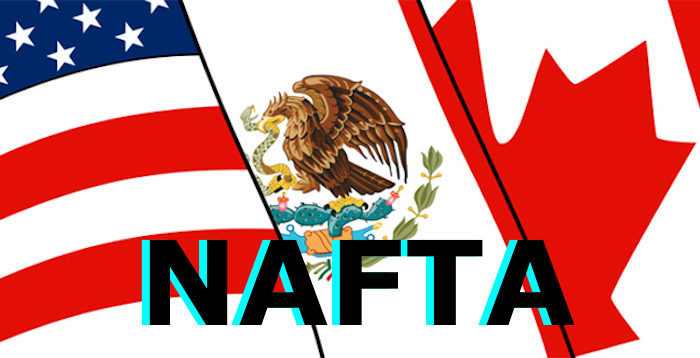
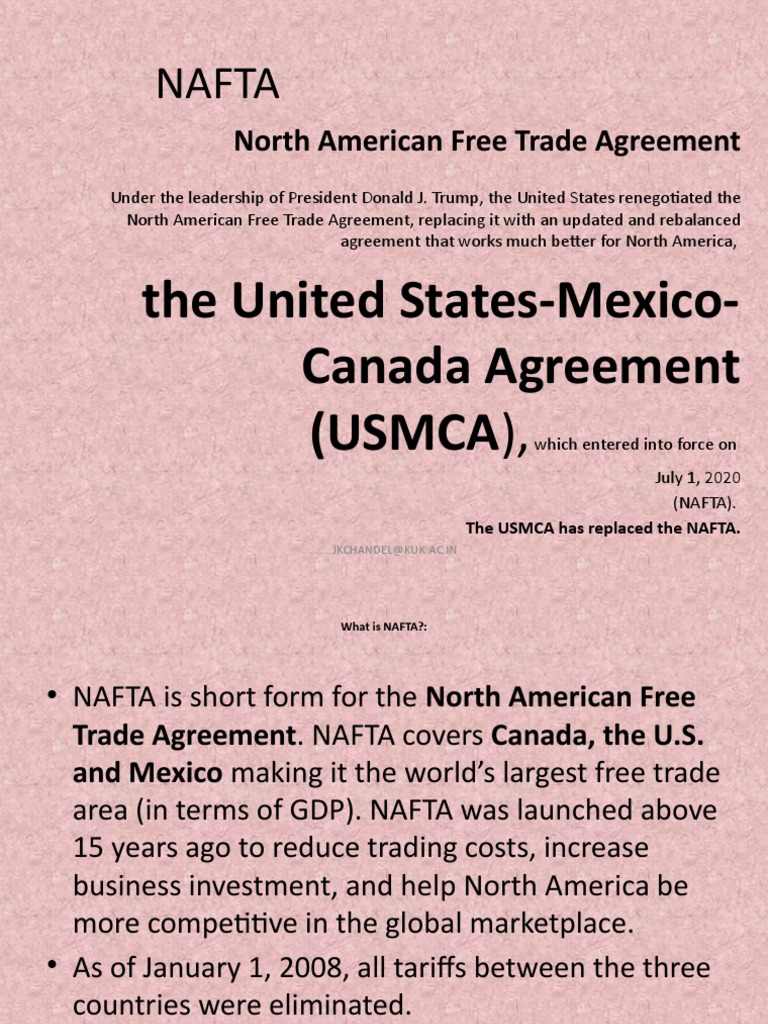

History of NAFTA



Key Provisions of NAFTA
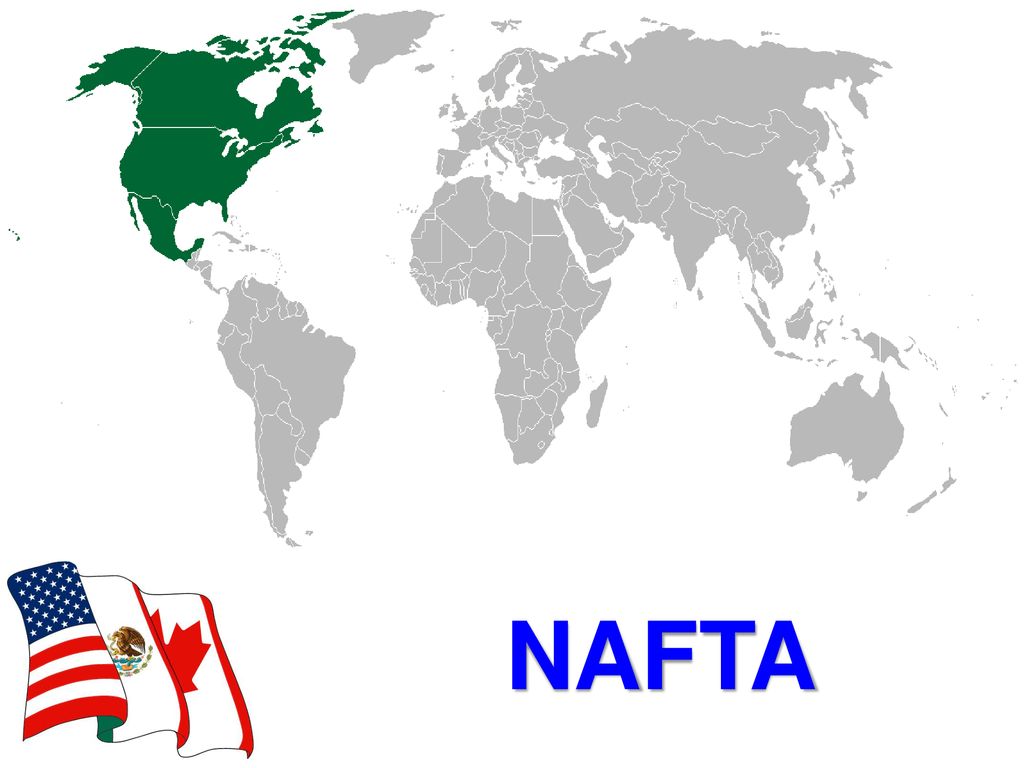
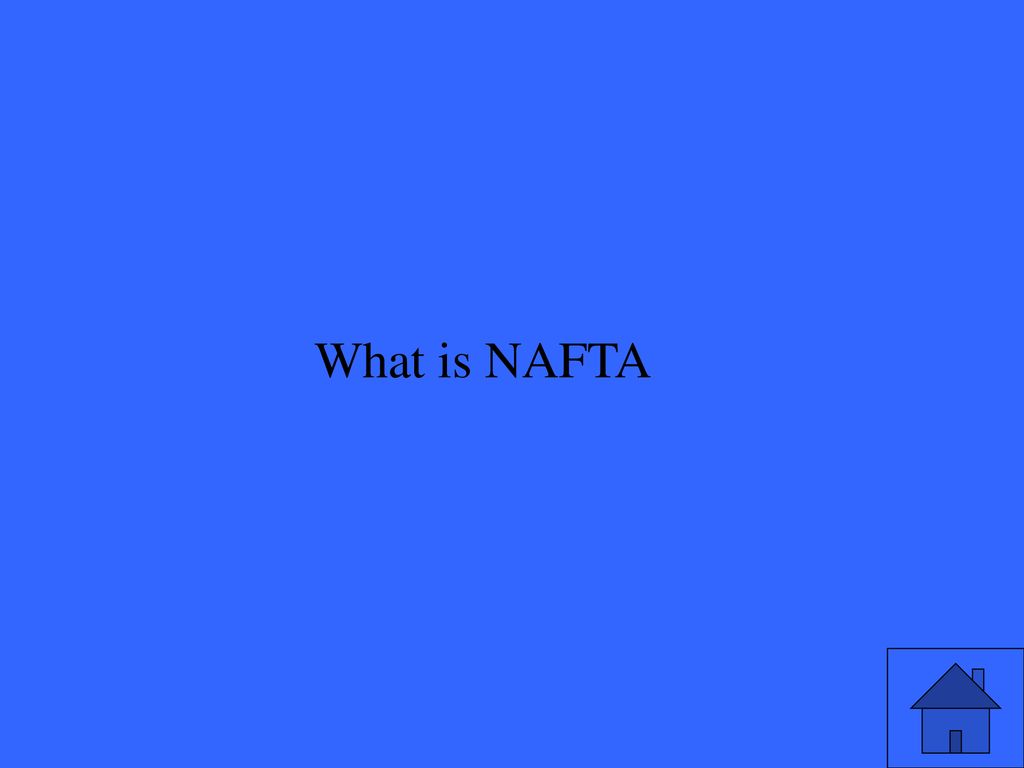

Impact of NAFTA
NAFTA had a significant impact on the economies of the three countries. Some of the key effects include: Increased Trade: NAFTA led to a significant increase in trade among the three countries, with the total value of trade growing from $290 billion in 1993 to over $1 trillion in 2019. Job Creation: The agreement created new job opportunities in industries such as manufacturing, logistics, and services. Increased Economic Growth: NAFTA contributed to economic growth in the three countries, with the agreement estimated to have increased GDP by 0.5% to 1% per year.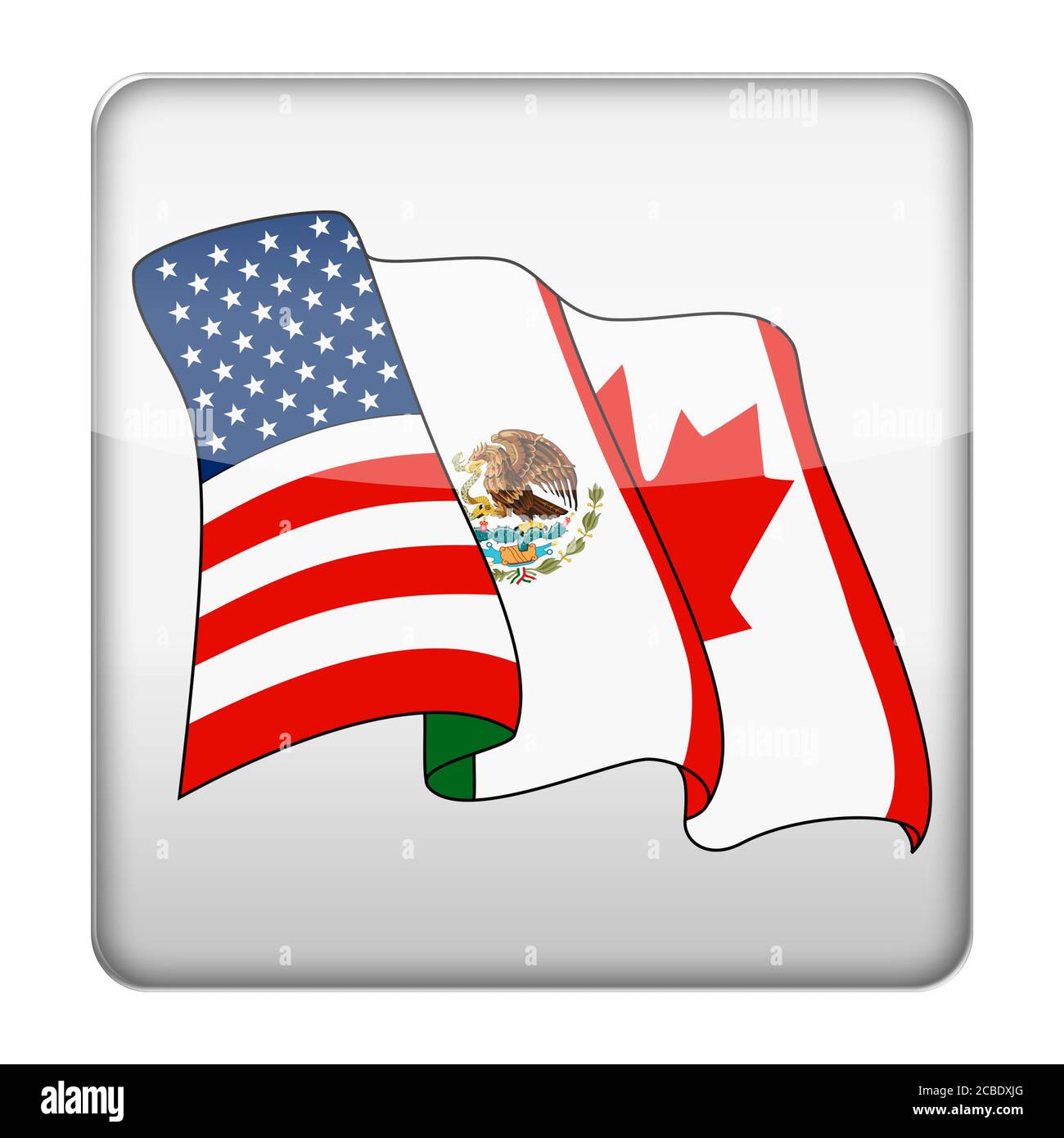
Replacement by the USMCA
In 2020, NAFTA was replaced by the United States-Mexico-Canada Agreement (USMCA), which is a new trade agreement that builds on the provisions of NAFTA. The USMCA includes new provisions on issues such as digital trade, intellectual property, and labor rights. In conclusion, the North American Free Trade Agreement was a significant trade pact that facilitated trade and economic growth among the United States, Canada, and Mexico. While it has been replaced by the USMCA, its legacy continues to shape the trade relationships among the three countries. Understanding the history, key provisions, and impact of NAFTA is essential for businesses, policymakers, and individuals interested in international trade and economics.Keyword density: North American Free Trade Agreement (1.2%), NAFTA (1.0%), USMCA (0.8%), trade agreement (0.5%), international trade (0.5%)
Meta description: Learn about the North American Free Trade Agreement (NAFTA), its history, key provisions, and impact on trade and economic growth among the United States, Canada, and Mexico.
Header tags: H1 (1), H2 (4)